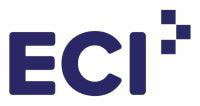Encryption Solution Sunset Notice
Atakama will be sunsetting its encryption solution and ending support as of February 2026. Existing customers can continue using the product until that date, but we encourage planning ahead to ensure a smooth transition.
We have entered into a strategic partnership with PKWARE and recommend their platform as the preferred alternative.





